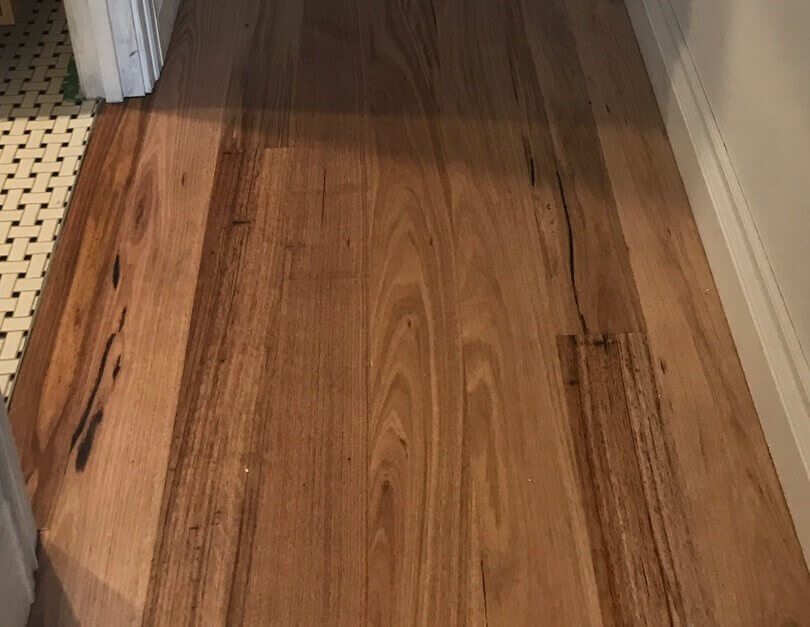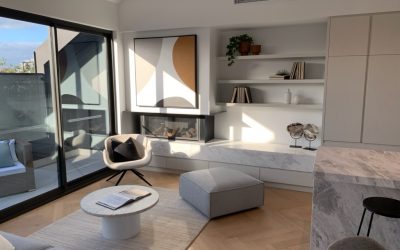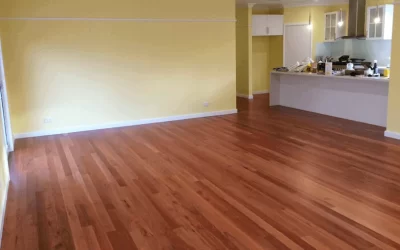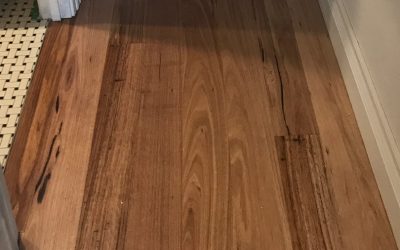Solid Timber vs. Engineered Wood Flooring: Which Is Right for You?
Choosing the perfect flooring makes it easy to feel like you’re standing at a crossroads. On one side, solid timber flooring beckons with its charm and authenticity. On the other, engineered wood flooring tempts with modern practicality. Let’s break down the pros, cons, and quirks of each to help you make a decision that suits your space and style.
What Is Solid Timber Flooring?
Solid timber flooring is made from a single piece of natural wood. Each plank is a slice of the forest, bringing nature indoors. It’s durable, long-lasting, and can be sanded multiple times to restore its beauty. However, like any natural material, it requires care and isn’t too fond of extreme moisture or temperature swings.
This type of flooring can last decades—sometimes over a century—if maintained properly. It’s a choice that whispers permanence, making it an excellent investment for homeowners in Melbourne. Solid timber offers timeless elegance and warmth if you’re considering timber flooring in Melbourne.
What Is Engineered Wood Flooring?
Engineered wood flooring might look like solid timber at first glance, but it has a different makeup. The top layer is real wood, while the base layers are plywood or high-density fiberboard. This construction adds stability and makes it less prone to warping, even in humid conditions.
It’s a modern marvel, blending the aesthetic of timber with a more adaptable structure. Engineered wood works well in areas like basements or kitchens, where solid timber might struggle. It’s also easier to install and often comes in a click-lock format, saving time and effort.
Durability: How Do They Hold Up?
Durability is a key factor for any flooring decision. Solid timber flooring is like a seasoned marathon runner—built for the long haul. It can endure decades of wear and tear, and when scratches or dents appear, a quick sanding and refinishing will make it look brand new.
Engineered wood, while not as long-lived, holds its ground. The top layer of hardwood can still be sanded, though only a few times, depending on its thickness. It’s less sensitive to environmental changes, making it a sturdy option for spaces prone to temperature or humidity fluctuations.
Aesthetic Appeal: The Look and Feel
There’s something undeniably charming about solid timber. Each plank carries its natural grain, adding character to your space. It feels organic underfoot and ages gracefully, developing a patina that tells a story.
Engineered wood offers similar visual appeal, thanks to its genuine wood veneer. However, the options are more diverse in terms of finishes and styles. If you’re after a specific shade or texture, engineered wood may offer more variety without compromising the overall appearance.
Installation and Maintenance
Installing solid timber flooring is not a weekend DIY project. It requires precise cutting, fitting, and securing, often involving nails or adhesives. This can drive up the cost and time required for installation.
Engineered wood, on the other hand, is more user-friendly. Many options feature click-lock systems, allowing for quicker and simpler installation. Maintenance for both types is relatively straightforward—just sweep, vacuum, and use a damp mop occasionally to keep them clean.
Cost Considerations
Solid timber flooring typically comes with a higher upfront cost. It’s a premium product, and the price reflects its longevity and authenticity. However, the long-term value it provides often justifies the investment.
Engineered wood is more budget-friendly, offering a similar aesthetic at a fraction of the price. It’s a solid alternative for those who want the timber look without breaking the bank.
Environmental Impact
Sustainability is a growing concern for many homeowners. Solid timber flooring, when sourced responsibly, can be an eco-friendly choice. It’s biodegradable and often made from renewable resources. However, its production can sometimes involve more energy and resources.
Engineered wood, by contrast, uses less hardwood per plank, making it a more resource-efficient option. It’s also lighter, reducing transportation emissions. Both options have their merits, so look for certifications like FSC or PEFC to ensure ethical sourcing.
Where Each Flooring Shines
Solid timber flooring works best in areas where you want a statement piece—think living rooms, bedrooms, or dining areas. It thrives in spaces with stable conditions, avoiding high-moisture zones like bathrooms.
Engineered wood is versatile. It’s perfect for kitchens, basements, and even underfloor heating systems. For Melbourne homeowners looking at solid timber flooring, this option might suit those who want a similar look with added practicality.
Longevity and Resale Value
Solid timber’s longevity is unmatched. It adds significant resale value to your property, especially in markets where natural materials are prized. The ability to refinish it repeatedly ensures it can endure multiple lifetimes.
Engineered wood offers decent longevity too, lasting 20-30 years on average. While it doesn’t carry the same prestige as solid timber, it still enhances a home’s appeal and value.
Comparing Moisture Resistance
One critical factor in flooring selection is how well it handles moisture. Solid timber flooring, for all its beauty, is naturally vulnerable to water. It expands and contracts with changes in humidity, making it less ideal for damp environments like bathrooms or basements.
Engineered wood flooring excels in this department. Its layered construction minimises movement, allowing it to stay stable even in fluctuating conditions. If your home experiences varying humidity levels, engineered wood might save you from the headaches of warped planks.
Repair and Refinishing Options
Solid timber flooring is a dream for those who appreciate longevity. Over the years, scratches, dents, or wear can be fixed by sanding the surface and applying a fresh finish coat. This can be done multiple times, preserving its look for generations.
Engineered wood flooring, while still repairable, has limitations. The top layer of real wood can only be sanded a few times before the underlying layers are exposed, making it a bit less forgiving, especially in high-traffic areas.
Which Flooring Matches Your Style?
The style of flooring can dramatically affect the overall vibe of a room. Solid timber is classic and exudes warmth. Its rich grains and tones create a cozy, welcoming environment.
Engineered wood offers more variety, catering to contemporary and traditional tastes alike. From sleek finishes to distressed textures, there’s an engineered option to fit almost any design scheme. If you’re looking for versatility, engineered wood offers an edge.
Making the Final Decision
The final decision between solid timber and engineered wood flooring should reflect your lifestyle. If you prioritise authenticity and longevity, solid timber is worth the investment. Engineered wood checks the right boxes for those who value versatility and budget-friendly options. Both are excellent choices, ensuring your home looks stunning and feels comfortable for years.
So, Which Is Right for You?
The choice between solid timber and engineered wood flooring depends on your needs, lifestyle, and budget. If you’re after authenticity, unmatched durability, and don’t mind the upkeep, solid timber is your go-to. On the other hand, if you want versatility, affordability, and a simpler installation process, engineered wood takes the cake.
For Melbourne homeowners deciding on timber flooring Melbourne, both options provide charm and practicality in their own ways. Evaluate your space, consider your priorities, and let your flooring choice set the tone for your home.
No matter which you choose, remember: the floor is more than just a surface—it’s the stage where life unfolds. Make it count.



